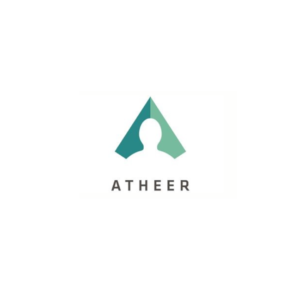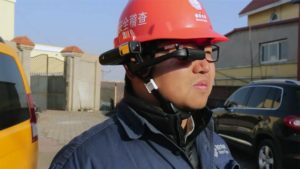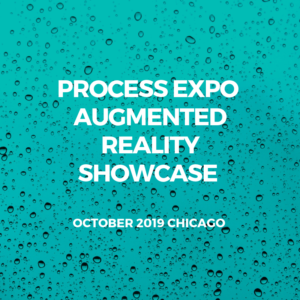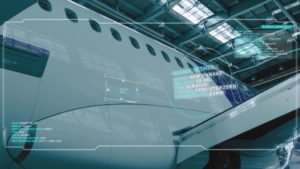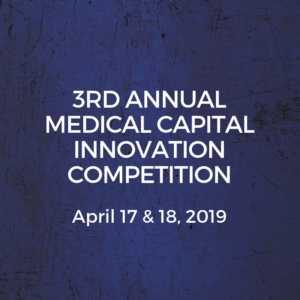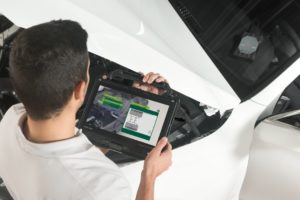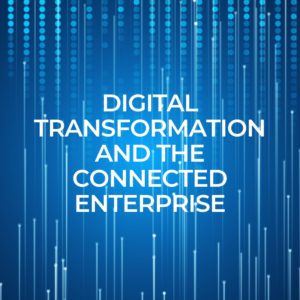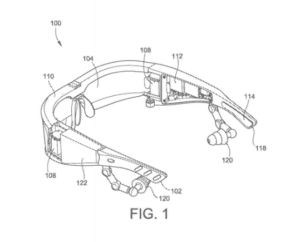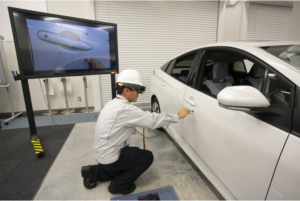Automation Fair featured about 150 Rockwell Automation and partner exhibits, 95 technical sessions, 22 labs, and nine industry-focused forums. Attendance was estimated at over 8,000 customers, up 21 percent over last year, a record for an Automation Fair not held in Chicago.
Automation Perspectives: Expanding the Human Possibility and PTC Partnership.
Rockwell Automation’s Chairman and CEO, Blake Moret, opened Automation Fair for the global press and analyst community at the Automation Perspectives media/analyst event. Mr. Moret discussed the company’s strategy for expanding the human possibility by combining the imagination of people with the power of machines, which he believes makes anything possible. He also discussed trends and technologies that are bringing The Connected Enterprise to life.
Jim Heppelmann, President and CEO of PTC, then joined Mr. Moret to announce that Rockwell Automation and PTC have jointly launched FactoryTalk InnovationSuite powered by PTC, the first collaborative offering to integrate technologies from both companies following the strategic partnership announcement in June 2018. They discussed that the driving force for the partnership was to provide the ability to connect and bring intelligence to people, processes, and products.
Mr. Heppelmann then explained how companies are transforming their physical operations with digital technology, the benefits of an integrated information platform, and how combining accelerated IIoT application deployment, advanced analytics, and augmented reality (AR) puts the user in charge of innovation and eliminates individual system barriers.
ConnectedProduction, Cybersecurity, and Veterans
Automation Perspectives continued with Allan Rentcome, Director, Global Solutions Technology for Rockwell Automation, discussing the company’s “ConnectedProduction” solution for digital transformation from the wellhead to transportation to terminals. This solution was designed to help oil & gas industry participants overcome operational challenges. These include connectivity to multiple or disparate systems, data cleansing, and converting data into meaningful, actionable information. He stressed that with 2019 shaping up to be a volatile year in which oil prices could go in either direction, users must take steps now to ensure that all manufacturing solutions are connected, monitored, managed and controlled, and operations optimized.
Next, Nadav Zafrir, President of Claroty, a key Rockwell Automation cybersecurity partner, discussed hidden risks for manufacturers and how when these involve cybersecurity, “you can’t defend against what you can’t see.” Mr. Zafrir emphasized that companies must be proactive to get and stay ahead of the curve and “it takes a village” to fight cyber-attacks. As IT and OT continue to converge, IT and OT groups must work together to help ensure cybersecurity. Manufacturers must understand the current threat landscape, emerging risks, and what steps need to be taken to protect multiple generations of automation and enterprise systems throughout all levels of a manufacturing organization.
Joe Allie, Director of Global Competency at Rockwell Automation moderated the final session. This highlighted the company’s support of the Academy of Advanced Manufacturing, which trains veterans for manufacturing careers. Nearly 100 veterans graduated from the academy in its first year, with a goal to graduate 1,000 veterans by 2020.
The article goes on to discuss:
- PSUG: Big Impact from Digital-driven Smart Production
- FactoryTalk InnovationSuite Powered by PTC
The full article can be viewed here on ARC.
